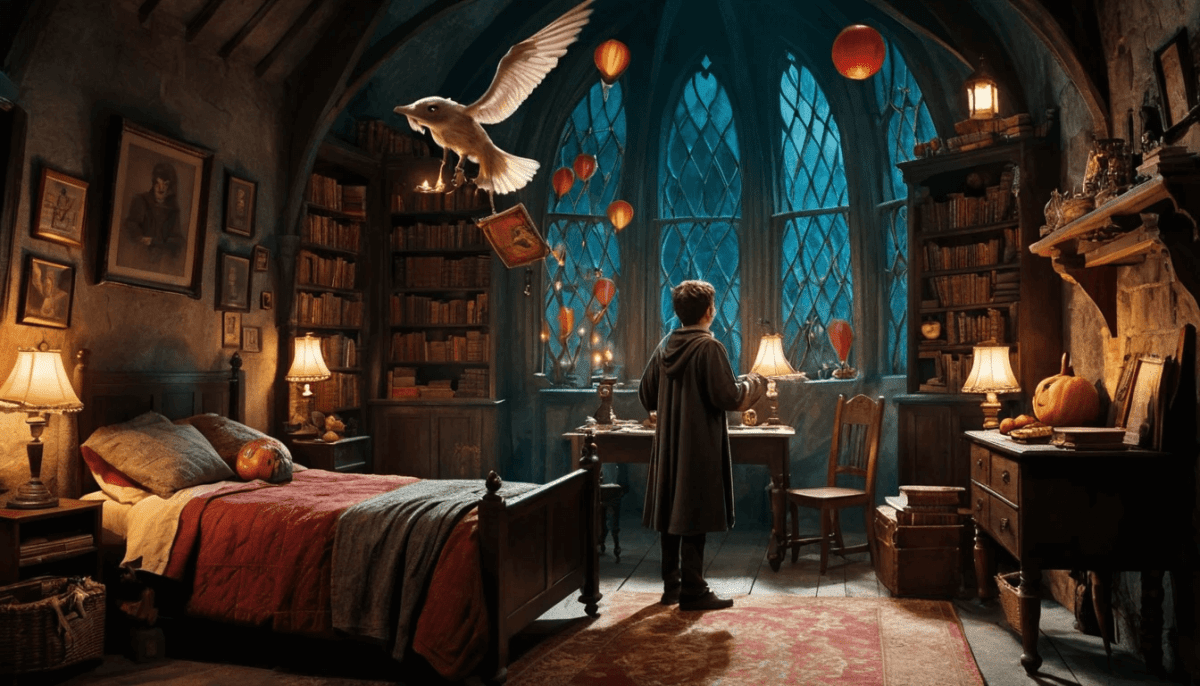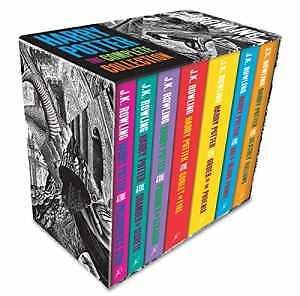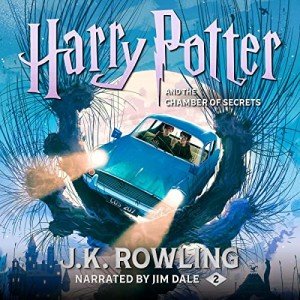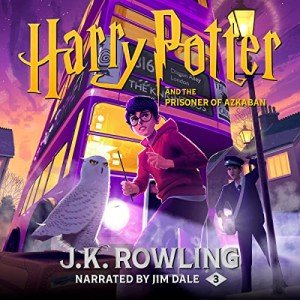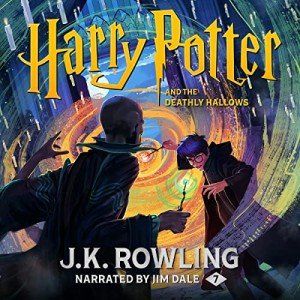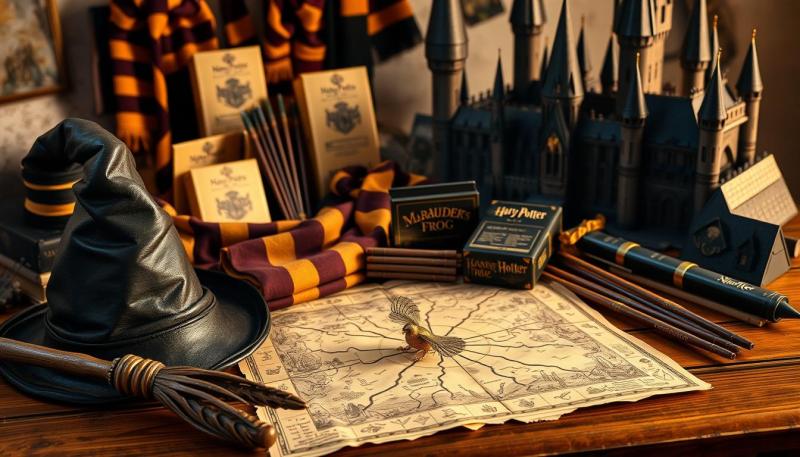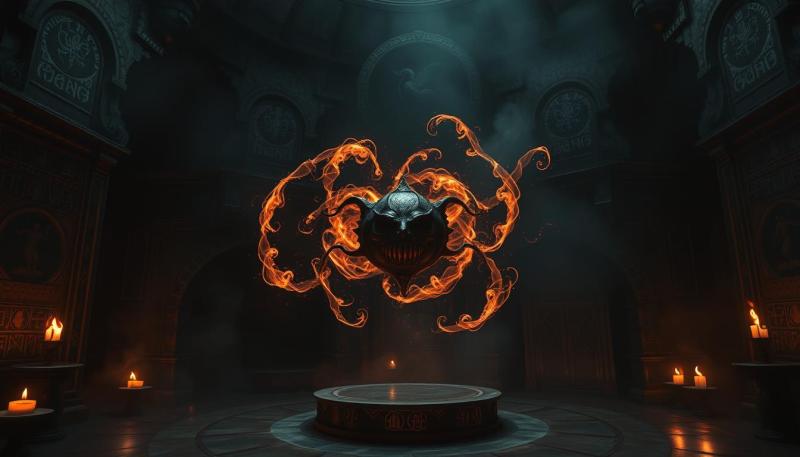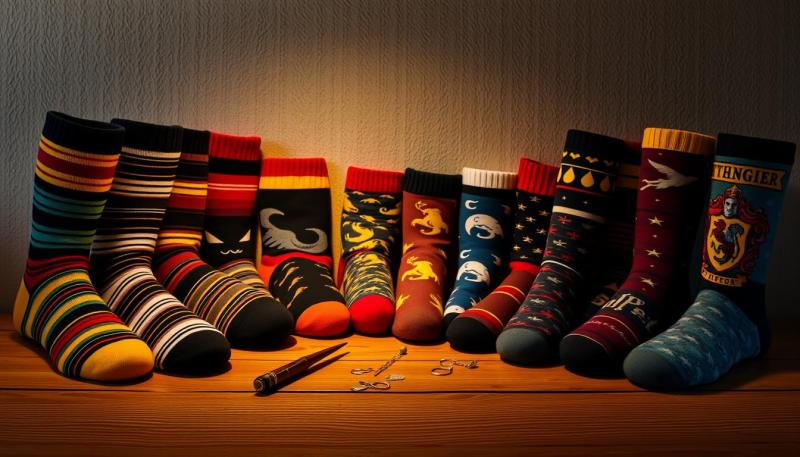The Harry Potter film adaptations represent a fascinating study in creative decisions. When transforming J.K. Rowling's rich literary world to the big screen, many beloved elements were inevitably left behind. These omissions weren't simply about runtime constraints—they reveal deeper truths about storytelling across different mediums.
Consider what got cut: Nearly Headless Nick's death day party, the full spectacle of the Quidditch World Cup, Hermione's S.P.E.W. campaign, and Neville's heartbreaking scene with his parents. Luna's magically decorated bedroom and the raw emotional breakdown Harry experiences after Sirius's death also remained exclusively on the page. You might wonder about these choices, but each reveals something important about the translation from imagination to visual storytelling.
Key Takeaways
- Film adaptations must balance faithful representation against the practical limitations of visual storytelling and audience engagement.
- Character development sometimes suffers when subplot elements like Hermione's elf rights activism are removed for streamlining the narrative.
- The absence of backstory elements, such as the Marauders' full history, creates significant gaps between the film and literary experiences of the Harry Potter world.
Facing Adaptation Hurdles
Page to Screen Challenges
Moving Harry Potter's wizarding world from books to movies created tough choices. The richness of J.K. Rowling's descriptions doesn't always work on film. Nearly Headless Nick's death day party works well as text but would be visually jarring on screen. Your imagination filters unpleasant details while reading, but film shows everything directly. Creators must decide what elements serve the story and what might disturb viewers.
Some magical scenes that work beautifully in writing become extremely difficult to film. Luna Lovegood's bedroom, with its hand-painted portraits of friends, captures her character perfectly in the book. This kind of magic exists more in feeling than in special effects, making it better left to reader imagination.
Production Limitations
Time and money create real boundaries for adaptations. The Quidditch World Cup sequence demonstrates this perfectly. While described in exciting detail in the book, filming the entire event would be:
- Prohibitively expensive
- Time-consuming
- Not essential to advancing the main plot
Even epic productions must make cuts. When storylines don't directly serve the central narrative, they often get trimmed regardless of how beloved they might be by readers.
Filmmakers must also consider practical elements like:
- Runtime constraints
- Visual effects budgets
- Actor availability
The Barty Crouch Jr. Azkaban escape sequence was cut partly because adding Winky the house elf would have introduced another character and complicated the story unnecessarily.
Storytelling Differences
Books and films tell stories through different tools. In the novels, you experience Harry's intense emotional breakdown after Sirius dies when he destroys Dumbledore's office. The film shows a more subdued reaction. This change reflects both what's appropriate for young viewers and what's reasonable to ask of child actors.
Hermione's S.P.E.W. campaign (Society for the Promotion of Elfish Welfare) vanished entirely from movies. This subplot develops her character as someone who fights against prejudice even when unpopular. Without it, you miss layers of her personality beyond intelligence. The house elf storyline also raises complex questions about magical society that films couldn't fully explore within their timeframe.
The Marauders' backstory (James Potter, Sirius Black, Remus Lupin, and Peter Pettigrew) gets minimal screen time despite being rich material. Adding these flashbacks would introduce more characters and timelines into already complex films. Sometimes keeping mystery around legendary figures works better than trying to visualize every detail.
Adult Harry Potter Book Set
Dive into the magical world of Hogwarts with this complete collection of the beloved Harry Potter series
Product information
SGD 54.94
Product Review Score
4.5 out of 5 stars
196 reviewsProduct links
Notable Parts Left Out of the Movies
Nearly Headless Nick's Party
The movies skipped Sir Nicholas de Mimsy-Porpington's Death Day celebration entirely. This ghostly gathering featured in the second book would have been visually challenging to film. Imagine translating the descriptions of rotting food, transparent ghosts, and the morbid festivities to screen! While your mind might filter these details to make them more pleasant when reading, watching real actors interact with decomposing food and dozens of ghosts would create a completely different tone than intended. This scene, while memorable in the book, might have disrupted the flow of the movie with its eerie atmosphere.
The Quidditch World Cup Missing Details
The films significantly shortened the Quidditch World Cup sequence. In the book, this event spans multiple chapters with detailed descriptions of the massive stadium, the exciting match between Ireland and Bulgaria, and Viktor Krum's spectacular playing. Due to practical limitations like time constraints and budget, the movie only briefly shows the campgrounds and jumps straight to the Death Eater attack. Filming the entire tournament would have been extremely expensive and possibly detracted from the main storyline. Sometimes filmmakers must make tough choices about what serves the overall narrative.
S.P.E.W. and House Elf Rights
Hermione's Society for the Promotion of Elfish Welfare (S.P.E.W.) campaign was completely removed from the films. This storyline showed another dimension of Hermione's character beyond her intelligence—her compassion and willingness to fight for justice even when it wasn't popular. The subplot raised important questions about prejudice and the ethics of magical creatures serving wizards.
The removal might be due to:
- Time constraints in the films
- Difficulty portraying the complex social issues
- Concerns about how the "happy slave" narrative might be received by modern audiences
This omission significantly altered Hermione's character development in the films.
Longbottom's Family Backstory
The films touched on Neville's parents being tortured into insanity by Bellatrix Lestrange, but they left out one of the most heartbreaking scenes. In the books, Harry encounters Neville visiting his parents at St. Mungo's Hospital, where his mother gives him candy wrappers as gifts—small tokens he treasures. This poignant moment reveals the lasting damage of Voldemort's reign beyond just Harry's story.
This scene demonstrates:
- The widespread suffering caused by Death Eaters
- Neville's quiet strength and personal tragedy
- Why he has such a personal stake in the fight against Voldemort
The emotional weight of this scene may have been considered too dark for younger viewers.
Luna Lovegood's Bedroom
The books describe Luna's bedroom as a whimsical, magical space featuring hand-painted portraits of her friends connected by golden chains made of the word "friends." This scene powerfully shows Luna's loneliness and how much she values her friendship with Harry and the others.
The visual impact of this room works beautifully in writing but would be challenging to translate to film in a way that captures its emotional essence rather than just appearing as a decorated set. Some magical elements work better when left to your imagination, allowing you to picture them in ways that resonate most deeply with you.
Barty Crouch Jr.'s Escape
The films simplified Barty Crouch Jr.'s backstory considerably. In the books, his escape from Azkaban involves his dying mother taking his place through Polyjuice Potion, and the house-elf Winky caring for him while he's kept under the Imperius Curse by his father.
The movies omitted:
- Winky the house-elf entirely
- The complex prison escape plan
- Much of Crouch Sr.'s personal struggle with his son
This simplification makes sense as adding another Azkaban escape sequence after the third film might have felt repetitive, and introducing additional characters like Winky would have required further exposition in already lengthy films.
Gryffindor Quidditch Seeker Soft Tee - Cardinal
Show off your house pride and love for Quidditch in this comfy tee perfect for any Gryffindor fan
Product information
SGD 24.66
Product Review Score
4.51 out of 5 stars
70 reviewsProduct links
Story Impact
This section explores how the absence of certain scenes affects narrative quality and viewer experience in film adaptations.
How Emotional Moments Shape Stories
When filmmakers adapt books to movies, their choices about which emotional scenes to include significantly impact how audiences connect with characters. You might notice that powerful moments like Harry's breakdown after Sirius's death got toned down in the films. In the books, Harry physically destroys Dumbledore's office in grief - a raw, authentic display of teenage emotion. The film version shows a more controlled reaction.
This decision changes how you perceive Harry's character development. The book portrays his grief as explosive and uncontrolled, while the film presents a more internalized mourning process. These adaptational choices:
- Alter character depth - Characters may seem less complex
- Change emotional impact - Pivotal moments lose intensity
- Shift relationship dynamics - Connections between characters feel different
Similarly, the omission of Neville's hospital scene with his parents fundamentally changes how you understand his motivation. Without seeing him collect candy wrappers from his mentally damaged mother, you miss a crucial piece of his backstory.
Why Setting Matters in Stories
Context proves vital when transforming written narratives to visual media. When filmmakers cut elements like Hermione's S.P.E.W. campaign for house elf rights, they remove more than just plot points - they eliminate important worldbuilding.
You experience a different magical world without these contextual elements. The absence of Luna Lovegood's bedroom description removes a visual representation of her personality. Without seeing her hand-painted portraits of friends, you miss a tender illustration of her isolation and loyalty.
The adaptation process requires tough choices based on:
- Visual practicality (can this be shown effectively?)
- Time constraints (what keeps the story moving?)
- Audience understanding (will viewers follow this subplot?)
- Thematic focus (does this serve the core story?)
When filmmakers cut the Quidditch World Cup's full sequence or Nearly Headless Nick's deathday party, they prioritize narrative flow over faithful recreation. These decisions shape how you engage with the story and which themes stand out most prominently.
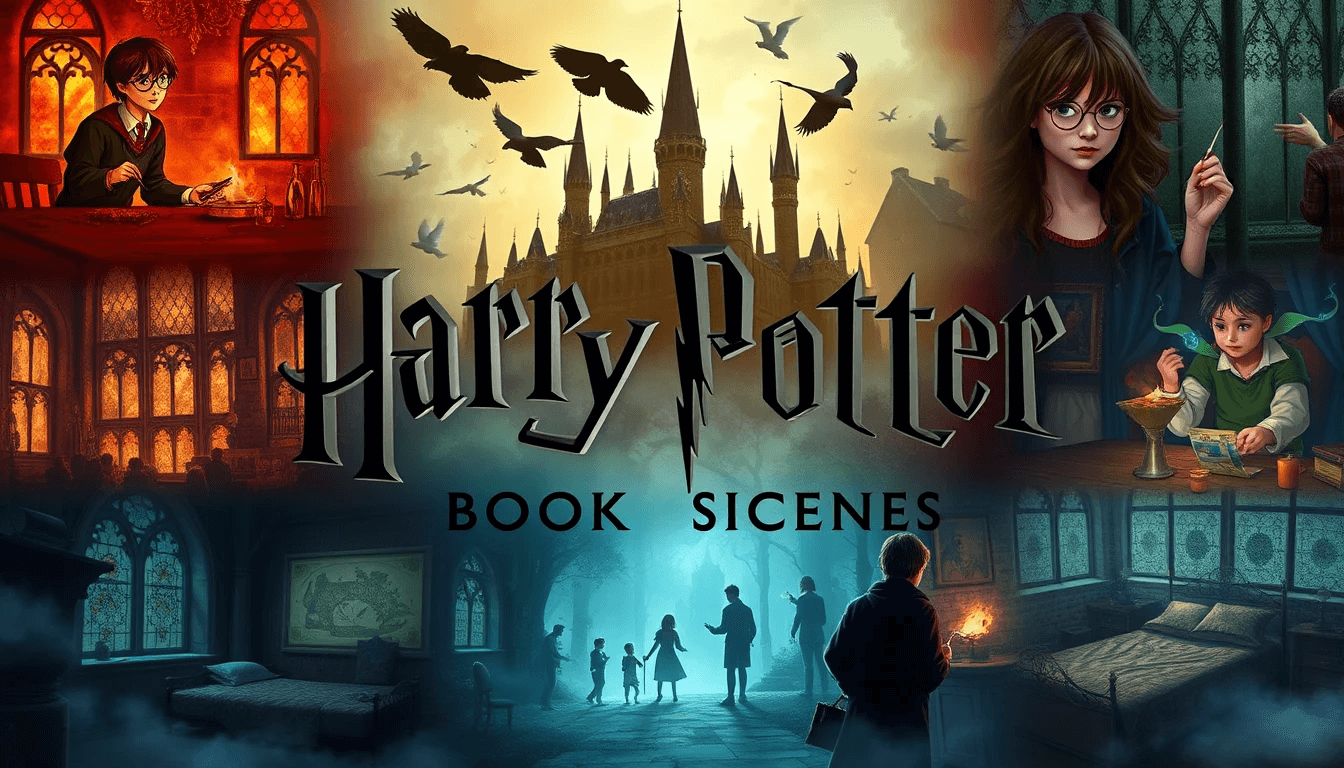
Character Growth Elements
Hermione's Social Justice Work
Hermione's advocacy for house elf rights represents a significant aspect of her character that never made it to the films. In the books, she creates an organization called S.P.E.W. (Society for the Promotion of Elfish Welfare) that showcases her passion for fighting injustice, even when her cause isn't popular among her peers.
This activism reveals much more than her academic intelligence. It demonstrates:
- Her moral compass and willingness to stand up for what she believes is right
- Her compassion for magical creatures others ignore
- Her determination to challenge the status quo
The absence of this storyline from the movies removes a meaningful dimension of Hermione's character development. When you only see the film version, you miss how her advocacy work shows her growth from simply being "the smart one" to becoming someone who actively fights against prejudice in the wizarding world.
This omission likely stemmed from practical filmmaking constraints, but it significantly alters how you perceive Hermione's character arc and her values. Her campaign for house elf rights serves as a precursor to her adult career and establishes early on that Hermione doesn't just excel at learning spells—she wants to change her world for the better.
Looking Back at Film Choices
How Viewers See Missing Pieces
When books jump to the big screen, certain scenes don't make the cut. These missing moments often shape how readers view the films. For Harry Potter fans, the omission of Nearly Headless Nick's death day party makes sense. This spooky celebration might work well in your imagination but could feel jarring on screen.
Your brain naturally filters disturbing details when reading. Ghost parties with rotting food might seem interesting in text but would likely create an uncomfortable viewing experience.
Time constraints also influence what you see. The Quidditch World Cup, described in detail in the books, appears only briefly in the films. This choice helps maintain the story's flow without spending resources on scenes that don't advance the main plot.
The Balance of What to Show
Filmmakers must decide which emotional moments deserve screen time. Neville Longbottom's hospital visit to his parents, where his mother gives him candy wrappers, never made it to theaters. This heartbreaking scene shows the wider impact of Voldemort's cruelty but might be too dark for younger viewers.
Some magical elements resist visual translation. Luna Lovegood's bedroom, with its hand-painted portraits of friends, loses its special quality when forced into physical form. The magic exists in how you picture it while reading.
Character development sometimes gets simplified. Hermione's S.P.E.W. campaign (Society for the Promotion of Elfish Welfare) disappears completely from the films. This choice removes:
- A key aspect of her compassion
- Her willingness to fight unpopular causes
- Important themes about prejudice
The films also tone down emotional reactions. Harry's rage after Sirius dies becomes more subdued on screen. In the book, he destroys Dumbledore's office in grief, but the movie presents a calmer response that's easier for young actors to portray and audiences to watch.
These adaptation choices show how different storytelling mediums work. What feels natural in a book doesn't always translate to film without losing its impact or requiring too many resources.
Hedwig and Moon Throw Pillow - Harry Potter
Bring a touch of magic and cozy charm to your space with this enchanting Hedwig and Moon throw pillow
Product information
SGD 33.75
Product Review Score
4.36 out of 5 stars
84 reviewsProduct links
The Magical Pranksters' Origin Story
Legendary Mischief-Making
The Weasley twins weren't the only famous pranksters to walk Hogwarts' halls. Before Fred and George, there was another group of troublemakers who left their mark on the school. These young wizards created quite a stir during their time at Hogwarts, pulling off elaborate pranks that became legendary among students and staff.
Their adventures weren't just about causing chaos - they showed incredible magical skill and creativity. The twins likely drew inspiration from these earlier pranksters, carrying on a tradition of magical mischief-making that made school life more exciting for everyone.
Early Spellcasting Struggles
What many don't realize is how challenging it was for these young wizards to perfect their craft. Learning complex spells as teenagers required tremendous dedication and practice. They faced many failed attempts before mastering the magic needed for their elaborate schemes.
Their determination paid off in impressive ways:
- Creating magical items that would later become legendary
- Developing secret passages throughout the castle
- Mastering transformation spells beyond their year level
These young wizards often practiced late into the night, risking detention to perfect their skills. Their story shows you that even the most talented magic users faced difficulties when starting out - a reminder that persistence matters as much as natural ability in the wizarding world.
